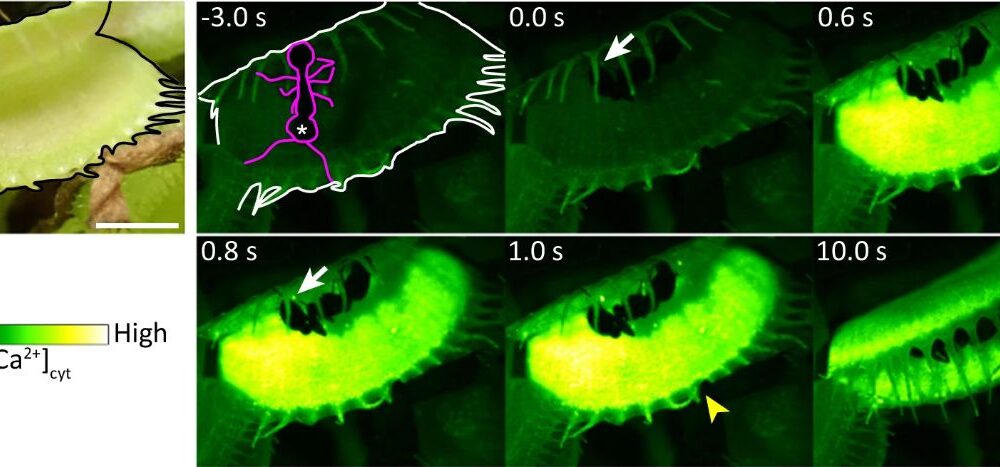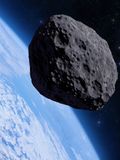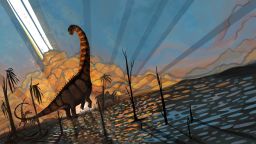Astronomers have made a significant discovery in our solar system with the identification of a large asteroid, designated 2025 SC79. This celestial body is notable for its exceptionally rapid orbit around the sun, completing a full revolution every 128 days. The asteroid was first detected by Scott S. Sheppard, an astronomer with Carnegie Science, on September 27, 2023.
This asteroid is the second-fastest known, trailing only behind another asteroid also discovered by Sheppard, which orbits the sun in 133 days. The discovery of 2025 SC79 has important implications; it aids in understanding potential threats to Earth while also shedding light on the history of our solar system.
Understanding Asteroids and Their Orbits
According to a statement from Carnegie Science, 2025 SC79 is the second known object with an orbit that lies within the orbit of Venus. During its journey, it crosses the orbit of Mercury, highlighting the dynamic nature of solar system objects. Sheppard noted, “Many of the solar system’s asteroids inhabit one of two belts of space rocks, but perturbations can send objects careening into closer orbits where they can be more challenging to spot. Understanding how they arrived at these locations can help us protect our planet and also help us learn more about solar system history.”
Currently, 2025 SC79 is positioned behind the sun, making it invisible to telescopes for the next several months. This positioning emphasizes the need for continuous monitoring of such asteroids, particularly those that may pose a risk of collision with Earth.
Efforts to Identify Potential Threats
Sheppard’s ongoing research focuses on identifying so-called “twilight” asteroids, which are difficult to detect due to their proximity to the sun. This work is partially supported by NASA and employs the Dark Energy Camera on the National Science Foundation’s Blanco 4-meter telescope. The goal is to locate “planet killer” asteroids that could threaten Earth by searching in the sun’s glare.
In addition to the Blanco telescope, the discovery of 2025 SC79 was confirmed using the Gemini telescope and the Magellan telescopes operated by Carnegie Science. The collaborative nature of this research underscores the importance of international cooperation in planetary defense.
The discovery of 2025 SC79 not only contributes to our understanding of asteroids but also exemplifies the dedication of astronomers to monitor potential hazards in space. As the field of asteroid research continues to evolve, findings like these play a crucial role in safeguarding our planet’s future.






